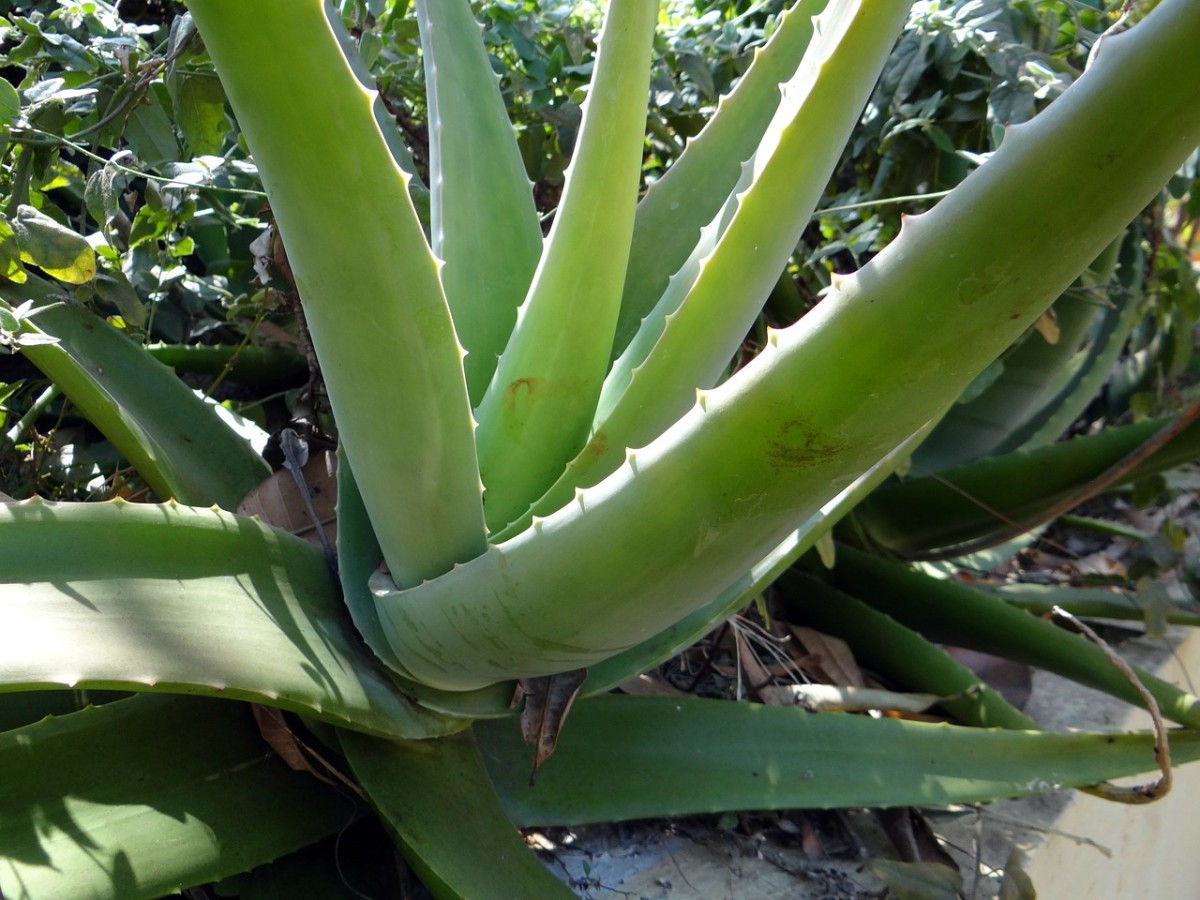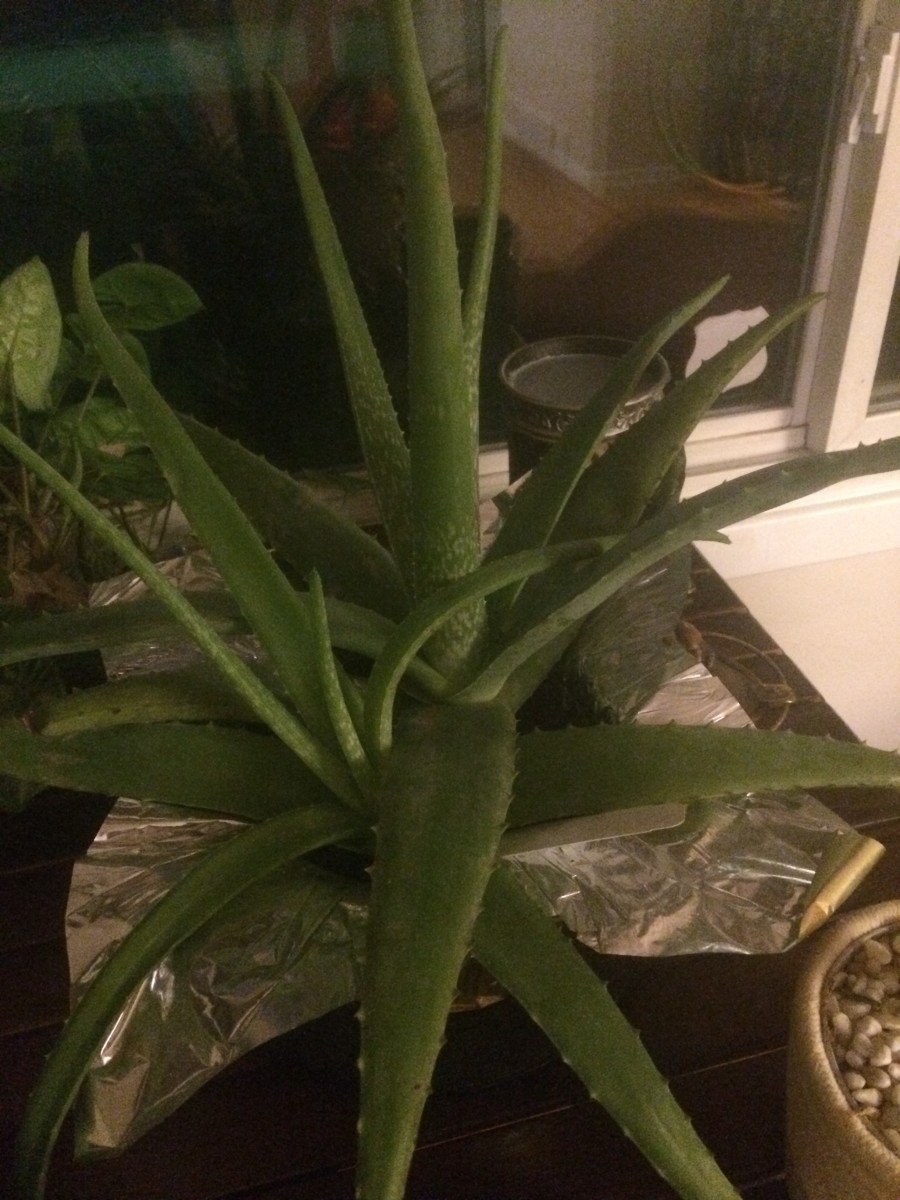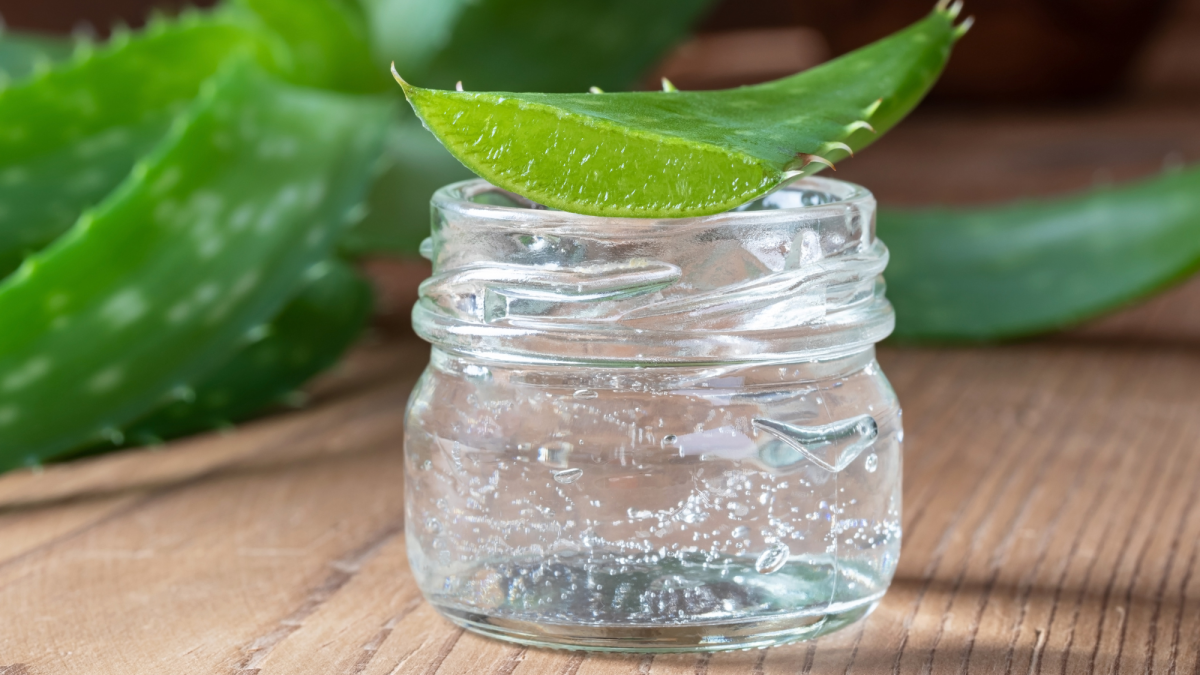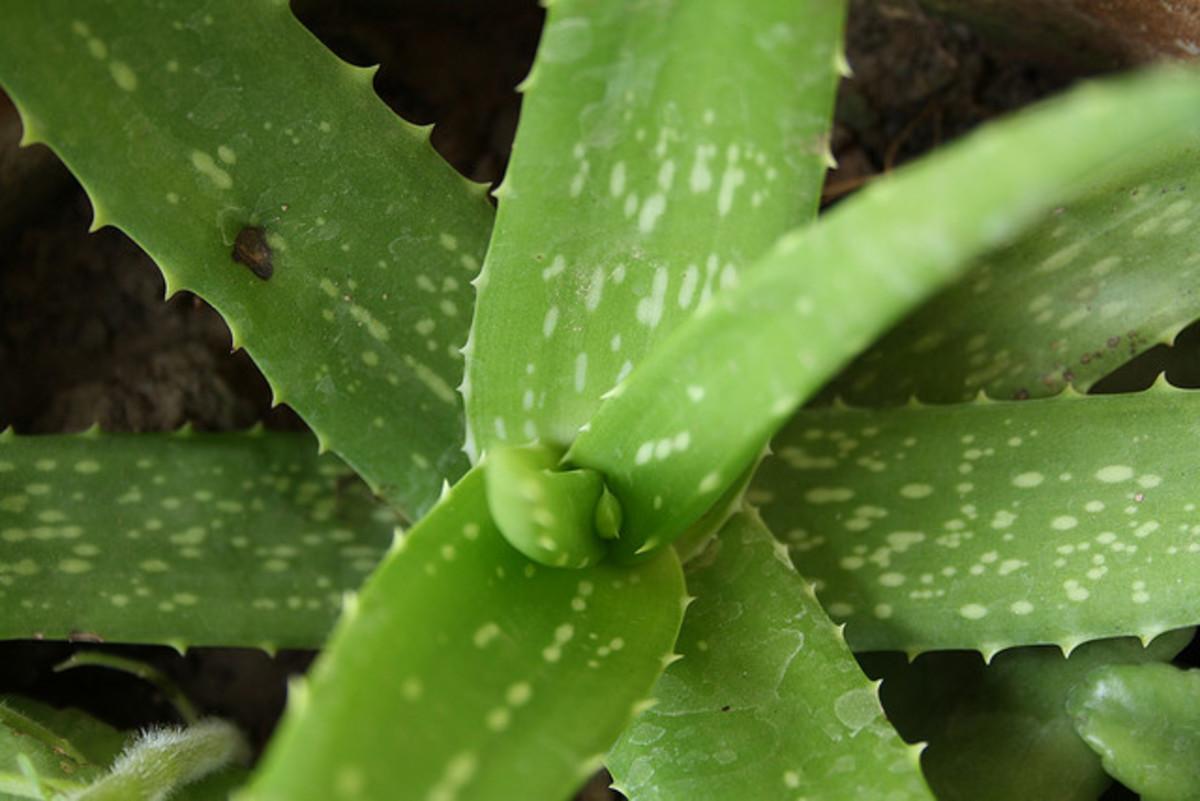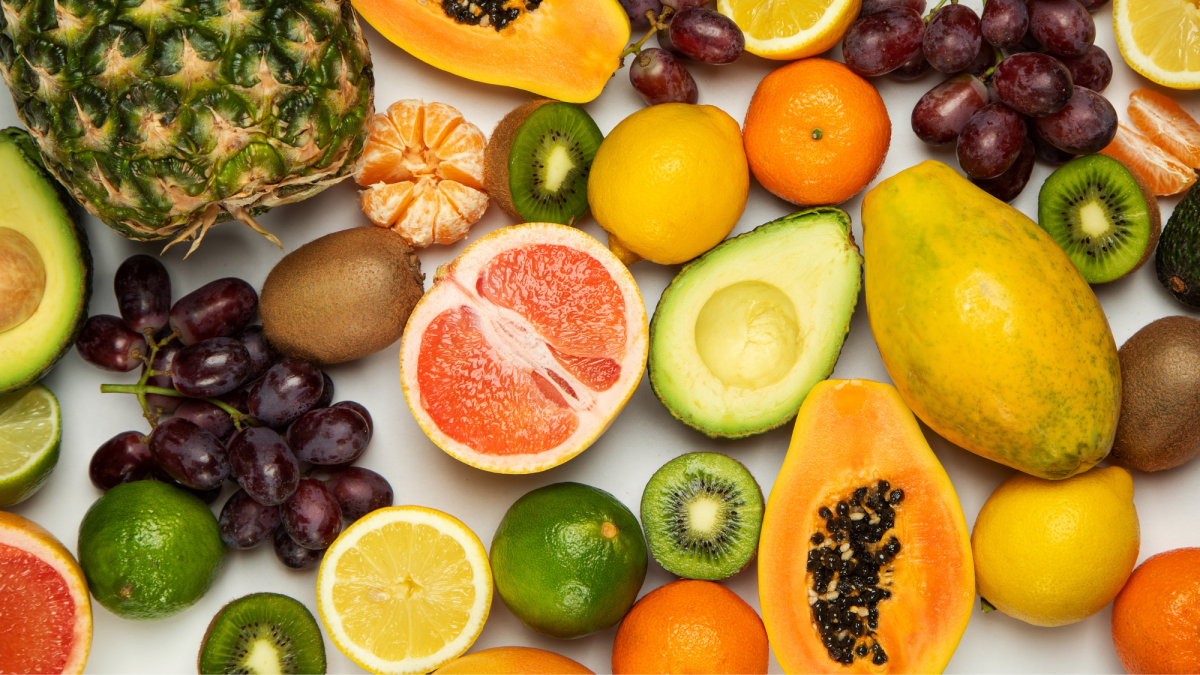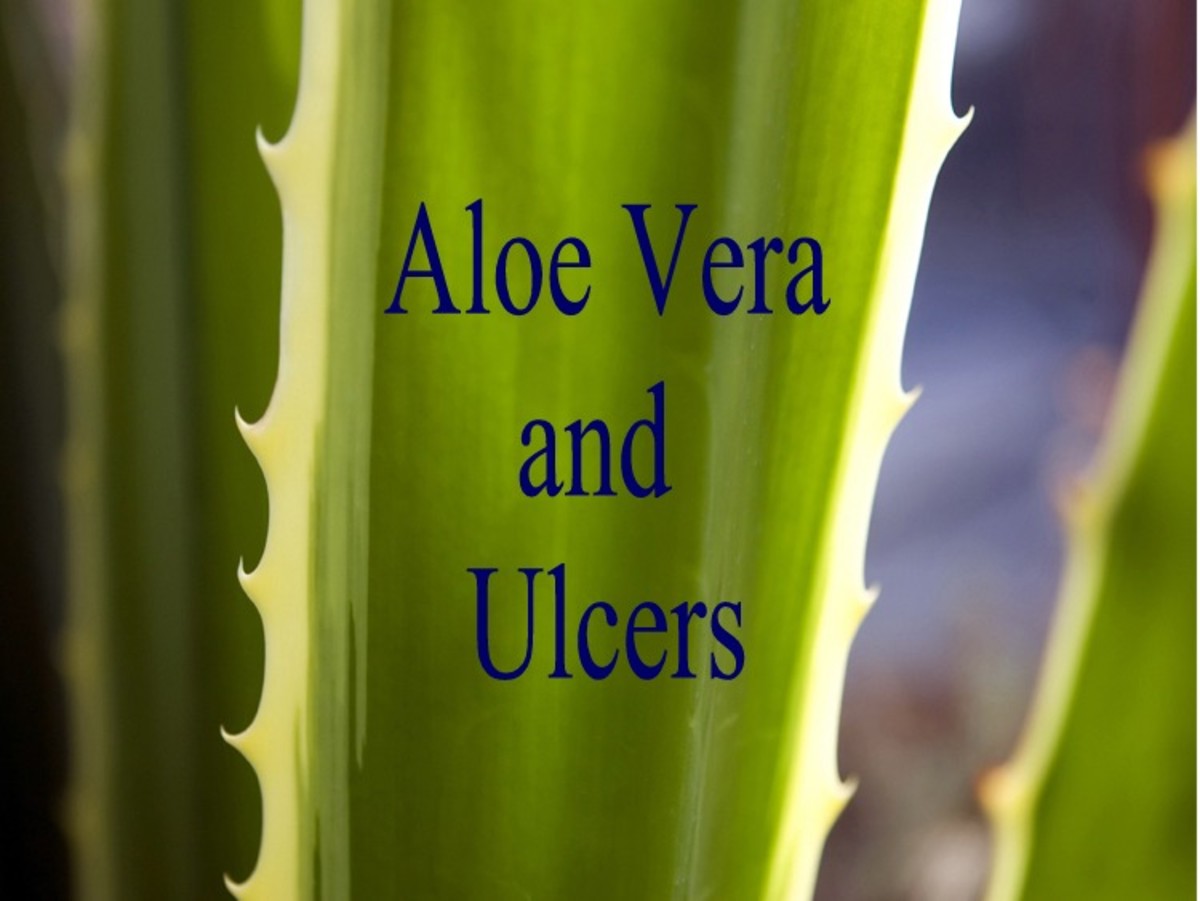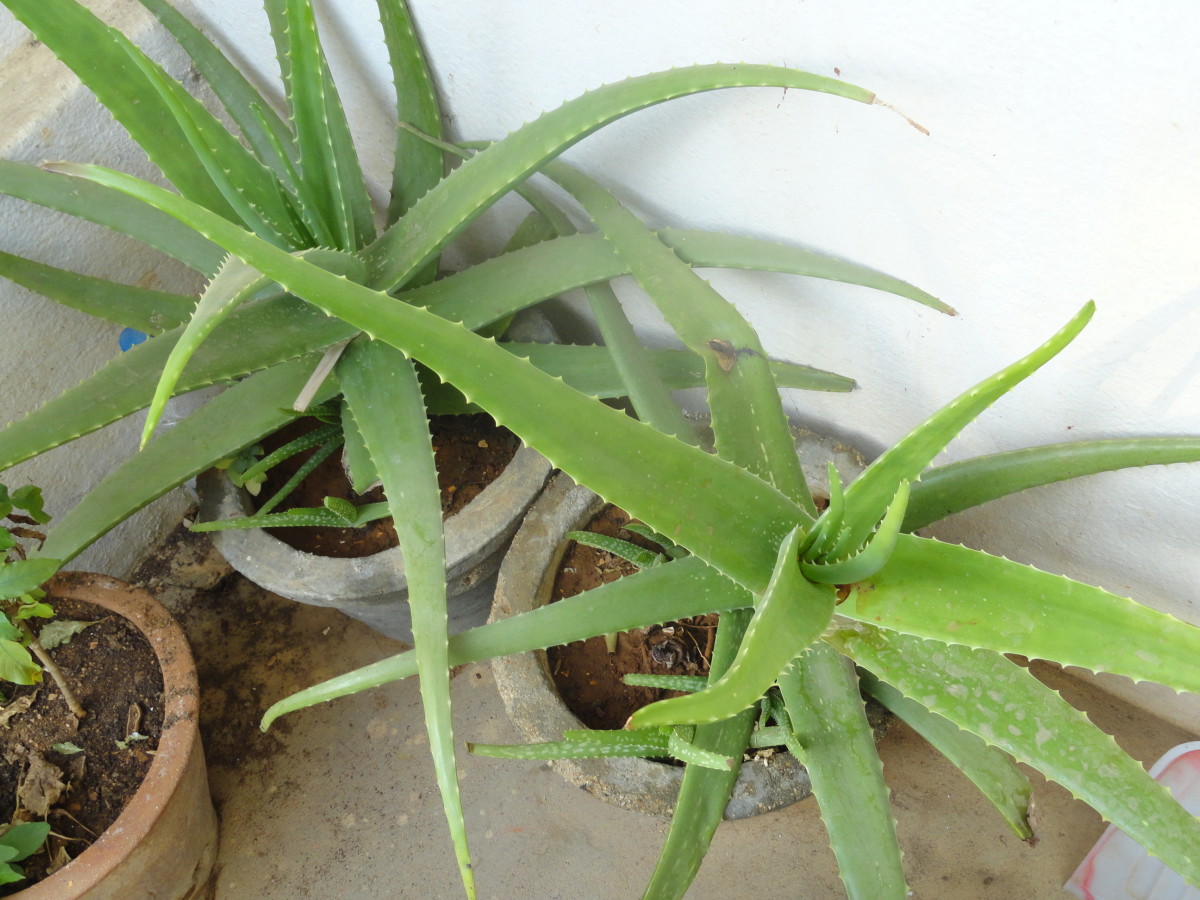- HubPages»
- Health»
- Alternative & Natural Medicine»
- Herbal Remedies
Health Benefits of Aloe Vera: Fact or Fiction
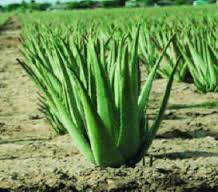
What's All the Hoopla About Aloe Vera
More and more people are turning to natural solutions to cure their aches, pains, digestion problems, lose weight, and treat all manner of other types of ills. Aloe Vera is at the forefront of the health and wellness revolution right now and there are both proponents and critics of the value of this age-old "miracle" plant.
Aloe Vera has a history dating back thousdands of years. The first written record of it appears in the Old Testament of the Bible. It's a historically documented fact that Cleopatra used it as a beauty treatment, Christopher Columbus used it to help treat his crew against diseases, and Mahatma Gandhi used it to make it through his many fasting times.
"6000 year old stone carvings in Egypt contain images of the plant, which they referred to as the 'plant of immortality' It was given as a burial gift to deceased pharaohs." Quoted from WikiPedia
What exactly is Aloe Vera?
There are in excess of 200 varieties of Aloe Vera, perhaps as many as 500. Although, physically it resemebles a cactus (and many think it's a member of the cactus family), it is actually a member of the Lilly family. Of all the varieties there are of Aloe Vera, there are only four that are none to have any nutritional or health benefits for human beings and animals, and the leader of the pack is Aloe Vera Barbadensis Miller.
The inner leaf gel of Aloe Vera Barbadensis Miller contains over 200 beneficial constituents that help with everything from minor burns and bruises to detoxifying the digestive tract. Some of the beneficial components in Aloe Vera are 18 amino acids, multiple vitamins and minerals including vitamin B-12, Saponins, Lignins, and oligosaccharides.
It takes amino acids to build proteins, but you also need to be able to properly digest and absorb them for them to be of any use to your body. It is believed that saponins may help with reducing cholestrol and lower the risks of certain cancers, colorectal cancer in particular.
What are the Health Beneifts of Saponins?
"The same mechanism by which saponins may lower your cholesterol -- binding to bile acids -- may actually reduce your risk of colon cancer. According to the Linus Pauling Institute, some secondary bile acids promote colon cancer. Bacteria in your colon produce secondary bile acids from primary bile acids. By binding to primary bile acids, saponins reduce the amount of secondary bile acids your gut bacteria can produce, thereby reducing your risk of colon cancer. The Linus Pauling Institute states that feeding saponins to lab mice reduced the amount of precancer lesions in their colons. Researchers of a study published in 1995 in "Nutrition and Cancer" incubated human colon cancer tumor cells for one hour and 48 hours in various concentrations of saponins from soybeans and soapwort, an herb. They found the saponins inhibited tumor cell growth and reduced tumor cell activity in a dose-dependent manner -- the higher the concentration of saponins, the lower the tumor cell growth and activity." Quoted from Livestrong.com
What Are the Health Benefits of Lignins?
Lignins, it is widely believed, are beneficial in helping to prevent certain cancers, including colorectal cancer and breast cancer. Lignins are also anti-bacterial, anti-viral, and anti-inflammatory properties. Lignins are basically a plant based substance and can be found in other plants, such as flax seeds. In the class of bilogical chemicals known as phytonutrients, phytonurtients are plant based nutritional chemical compouds that aren't essential for life, but may help prevent certain types of disease and infections.
What Are the Health Benefits of Oligosaccharides?
Oligosaccharides function as food sources for the prebiotics in the intestenal tract and may either promote or suppress their growth, and can aid in helping to promote the growth of beneficial bacteria in the gut. Prebiotics may help with the absorption of many vitamins and minerals that might otherwise pass through the guy undigested, which included important nutional components such as calcium, magnesium, and B-vitamins.
"Important pharmaceutical properties that have recently been discovered for both the A. vera gel and whole leaf extract include the ability to improve the bioavailability of co-administered vitamins in human subjects Due to its absorption enhancing effects, A. vera gel may be employed to effectively deliver poorly absorbable drugs through the oral route of drug administration." Quoted from Composition and Applications of Aloe vera Leaf Gel
What Are the Health Benefits of Polysaccharides?
Polysaccharides help to inhibit mood swings and maintain a balanced, positive mood, and to help maintain a healthy libido. They also aid in maintainging good blood pressure in conjunction with a good diet and a dose of exercise. They also aid in maintaining healthy blood sugar levels, and support energy levels. There also have anti-inflammatory properies and help support the immune system along with many other beneficial properties. Source: EzineArticles # 2045950
What Are the Health Benefits of Antraquinones?
Anthroquinones, such as alonin, are find in the yellow substance of the aloe vera plant that is in-between the outer leaf and the inner gel. Anthraquinones can have a strong laxative effect, and they used to be found in some OTC laxatives. The FDA has eliminated antraquinones from being sold in laxatives that are marketed over-the-counter; however, there are some whole leaf aloe vera juices that may contain them. Make sure you read the ingredients labels. This is why it's better to buy stablized, professionally prepared aloe vera than it is to try to prepare aloe vera gel from scratch at home. This is a long and tedious process to get all the anthroquinones out of the aloe vera before ingesting it. Professionally stabilized and manufactured Aloe Vera gel already has the antroquinones removed, and has a long shelf-life of up to 4 or 5 years in the unopened bottle.
"In May 2002, the U.S. Food and Drug Administration (FDA) issued a ruling that aloe laxatives are no longer generally recognized as safe (GRAS) and effective, meaning that aloin-containing products are no longer available in over-the-counter drug products in the United States, because they may be carcinogenic and more data is needed to establish otherwise.Aloe vera leaf latex is a concentrate of an herb or other botanical, and so meets the statutory description of an ingredient that may be used in dietary supplements." Quoted from WikiPedia
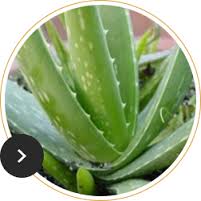
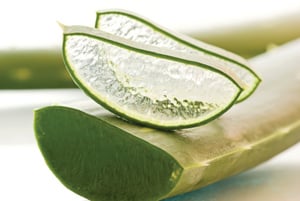
Is There Any Truth to the Aloe Vera Story
If history is any indication, aloe vera has had a long and glorious past as a treatment for many ills too numerous to mention. It is one of the very first plant based medicinal remedies that was ever documented in writing as being used in a medical fashion. Today, many people are turning to Aloe Vera, not as a treatment or cure for any disease, but as a preventative measure to keep from getting sick in the first place.
Tom "Big Al" Shreiter said it quite well in his statement "There are two types of people in the world today, Those who take antioxidants now, and those who take chemotherapy later." There are thousands (maybe millions) of people worldwide who swear by drinking Aloe Vera Gel everyday to help stave off a plethera of medical ills; however, the number one reason for drinking it is to detoxify and cleanse the digestive tract, and to help maintain the proper pH in the digestive tract to promote a healthy balance of probiotics.
It has been reported that up to 90% of the American population as an unhealthy balance of bad bacteria vs. good bacteria in the digestive tract due to a diet that has acidified our digestive tracts. The optimal pH for healthy probiotic balance is 7.3 to 7.4 and without this balance bad bacteria can thrive. The proper balance to maintain good digestive health is 85% good bugs to 15% bad bugs, but most Americans are living with exactly the opposite ratio, which partially explains the overwhelming obesity problem in the US and the sharp increase in Type 2 Diabetes.
Have You Ever Used an Aloe Vera Containing Product for Medicinal Purposes
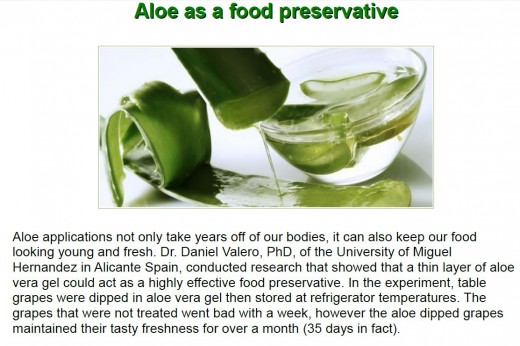
Chemical Composition of Aloe Vera Inner Leaf Gel
Class
| Compounds
|
|---|---|
Anthraquinones/anthrones
| Aloe-emodin, aloetic-acid, anthranol, aloin A and B (or collectively
|
Carbohydrates
| Pure mannan, acetylated mannan, acetylated glucomannan,
|
Chromones
| 8-C-glucosyl-(2’-O-cinnamoyl)-7-O-methylaloediol A, 8-C-glucosyl-(S)-
|
Enzymes
| Alkaline phosphatase, amylase, carboxypeptidase, catalase, cyclooxidase,
|
Inorganic Compounds
| Calcium, chlorine, chromium, copper, iron, magnesium, manganese,
|
Miscellaneious Including Organic Compounds and Lipids
| Arachidonic acid, γ-linolenic acid, steroids (campestrol, cholesterol, β-
|
Essential and Non-Essential Amino Acids
| Alanine, arginine, aspartic acid, glutamic acid, glycine, histidine,
|
Proteins
| Lectins, lectin-like substance
|
Saccharides
| Mannose, glucose, L-rhamnose, aldopentose
|
Vitamins
| B1, B2, B6, B12 C, β-carotene, choline, folic acid, α-tocopherol
|

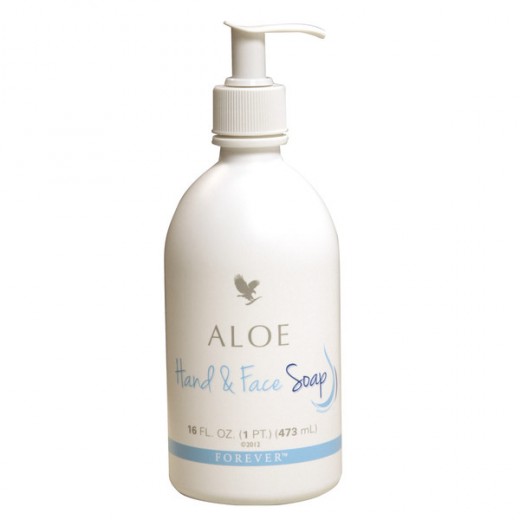
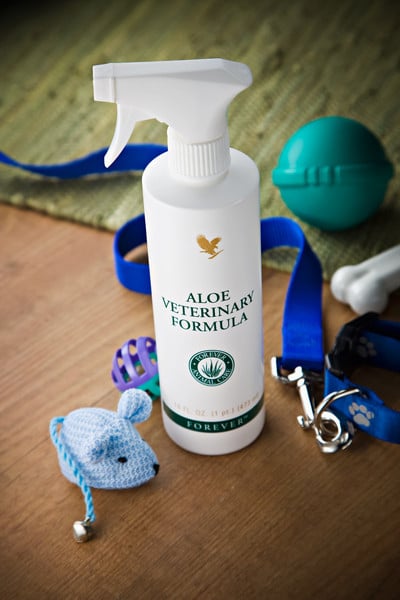
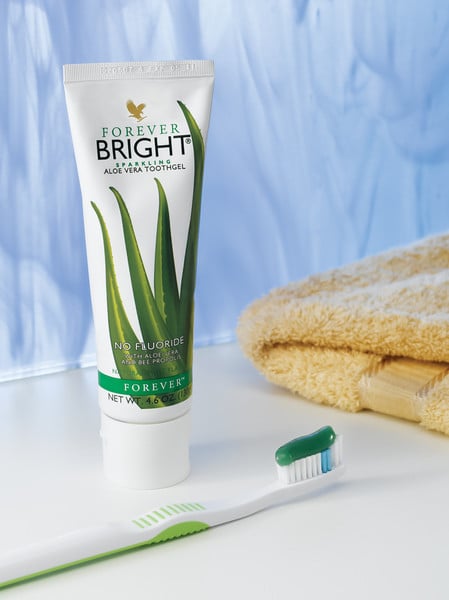

Reference Sources Consulted for This Article
- aloe: Uses, Side Effects, Interactions and Warnings - WebMD
Find patient medical information for aloe on WebMD including its uses, effectiveness, side effects and safety, interactions, user ratings and products that have it. - HowStuffWorks "40 Amazing Uses for Aloe Vera!"
Behold one of the most multi-tasking, health-promoting plants on the planet: Aloe Vera. - Nutrient Spotlight—Aloe Vera - Whole Health Insider
- http://www.mdpi.org/molecules
- Oligosaccharides
- Aloe vera - Wikipedia, the free encyclopedia
- What Are Phytonutrients? Types and Food Sources
WebMD explains the health benefits of phytonutrients, natural chemcials that are found in a variety of plant foods. - What Is Lignin? (with picture)
Lignin is an organic polymer found in plant tissue. There are many industrial uses for lignin, notably... - What Are the Health Benefits of Saponins? | LIVESTRONG.COM
Saponins can be found in around 100 different plant families, including food sources such as beans and legumes, yams and yucca. These nutrient compounds have the ability to form stable foam and are found in products such as root beer and beer, shampo



